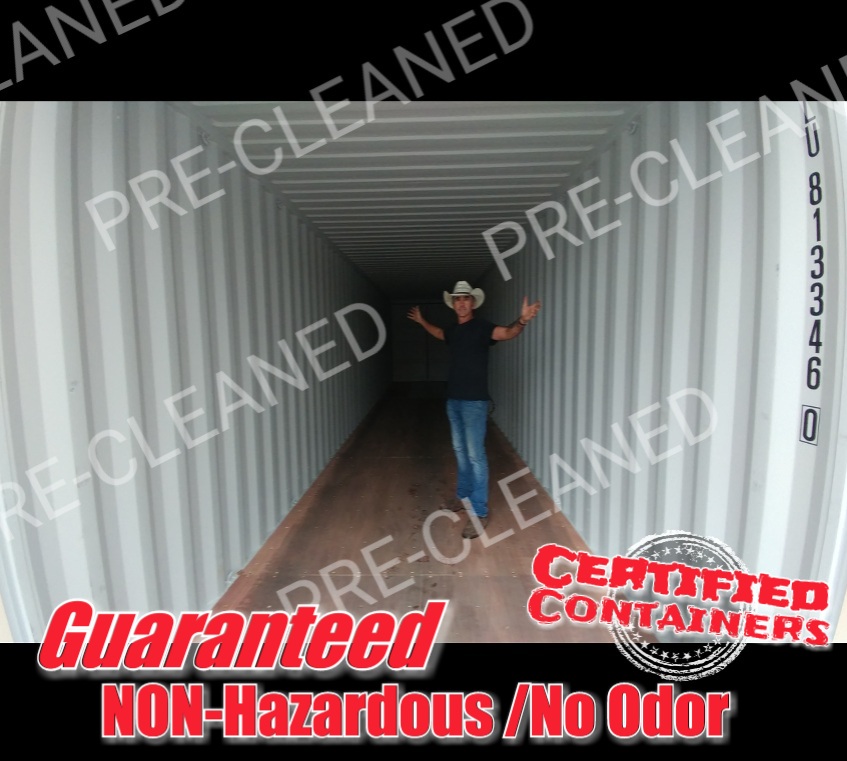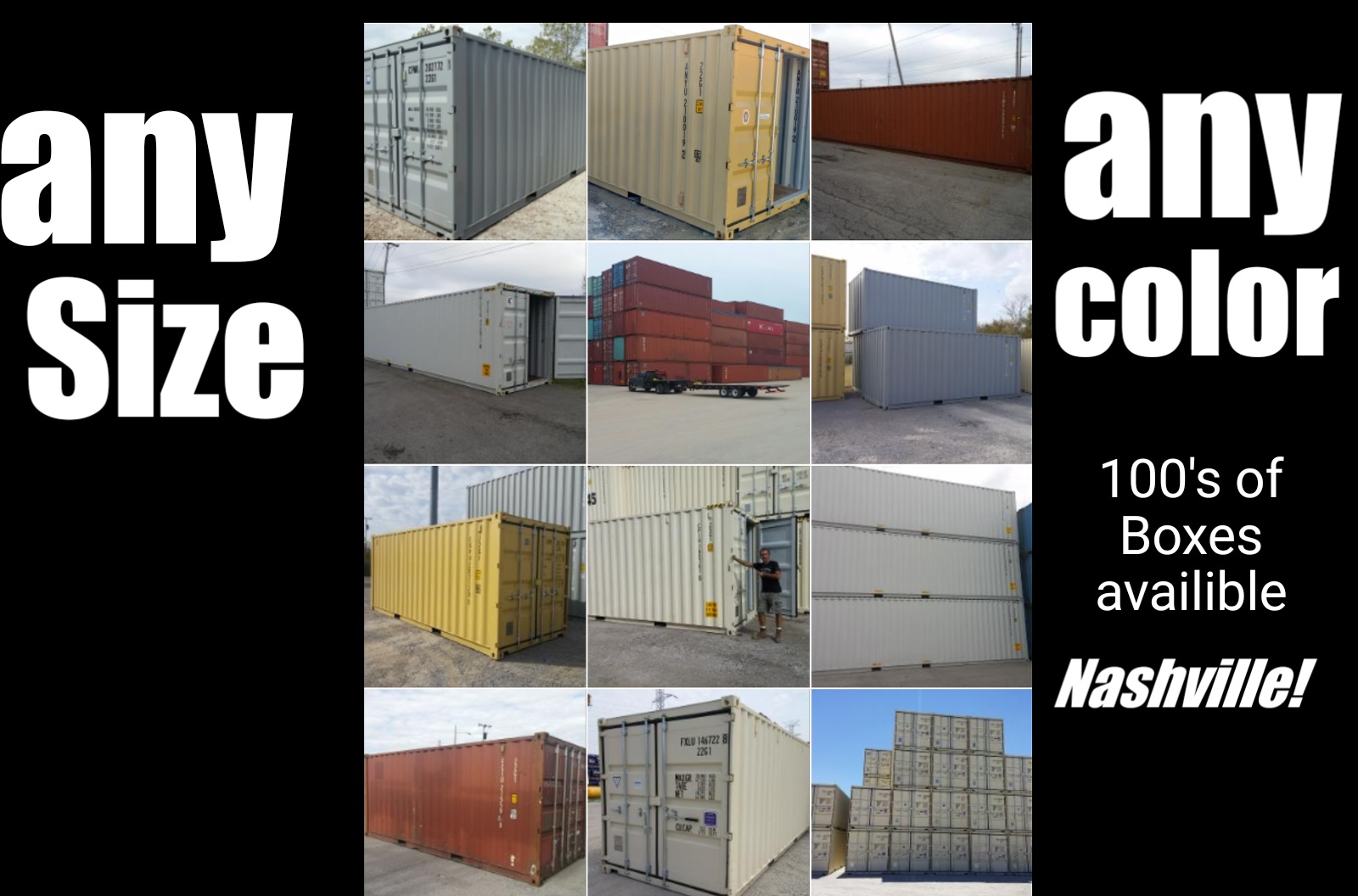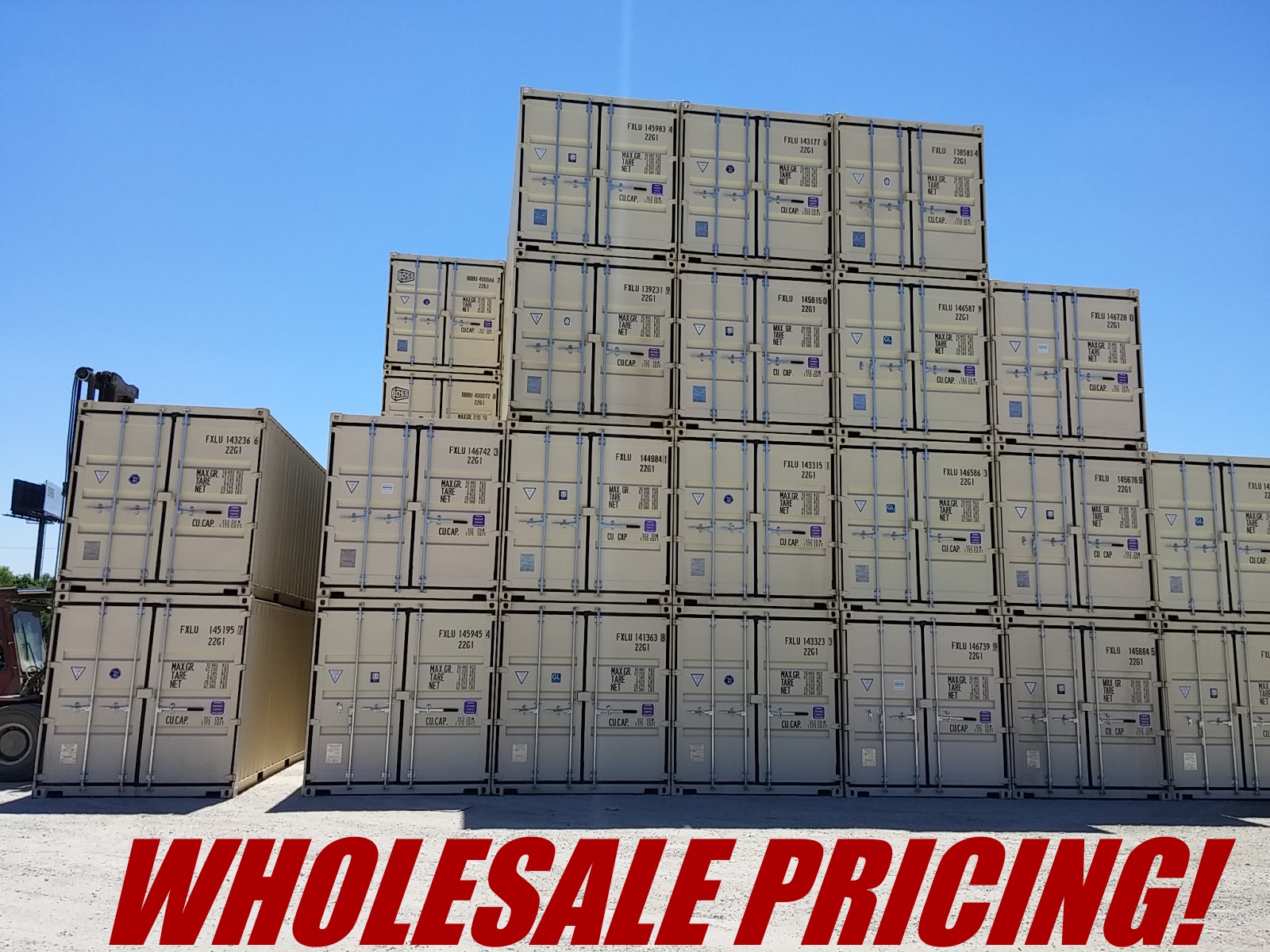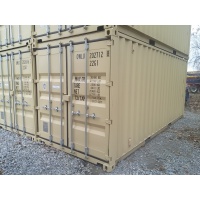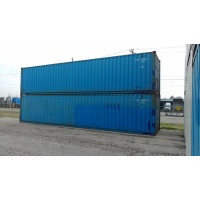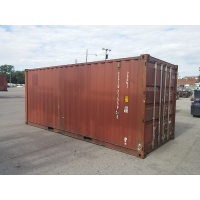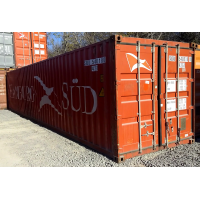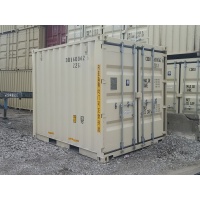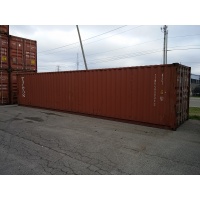The focus this time is delivery scheduling, and the company’s not messing around. Two days late? That’ll earn you a fine. One day early? That’s a fine, too. Right on-time but goods aren’t packed properly? You guessed it — fined.
The program, labeled “On-Time, In-Full,’’ aims to add $1 billion to revenue by improving product availability at stores, according to slides from a presentation obtained by Bloomberg, and it underscores the urgency Wal-Mart feels as it raises wages, cuts prices and confronts a powerhouse rival in Amazon.com Inc. that’s poised to grow with its planned purchase of Whole Foods Markets Inc.
“Wal-Mart has to find efficiencies wherever it can,’’ says Laura Kennedy, an analyst at Kantar Retail. “They’re trying to squeeze and squeeze and squeeze.’’
The initiative builds on progress Wal-Mart has made in reducing inventory and tidying its 4,700 U.S. stores after the back rooms became so cluttered it often stored surplus products in cargo trailers parked out back.
Wal-Mart isn’t the first big retailer to tighten the deadline for vendor deliveries. Target Corp. implemented a similar policy last year as part of a broader supply-chain overhaul. But Wal-Mart’s vast logistics network of more than 150 U.S. distribution centers dwarfs that of any other retailer, and the company typically accounts for a sizable chunk of its suppliers’ sales: 27 percent for bleach maker Clorox Co., for instance.
Fast-Turning Item
The new rules begin in August, and the company said they will require full-truckload suppliers of fast-turning items — groceries, paper towels — to “deliver what we ordered 100 percent in full, on the must-arrive-by date 75 percent of the time.” Items that are late or missing during a one-month period will incur a fine of 3 percent of their value. Early shipments get dinged, too, because they create overstocks.
By February, Wal-Mart wants these deliveries to be on-time and in-full (known as “OTIF”) 95 percent of the time. Its previous target was 90 percent hitting a more lenient four-day window.
“Variability is the No. 1 killer of the supply chain,’’ Kendall Trainor, a Wal-Mart senior director of operations support and supplier collaboration, said in a presentation to vendors earlier this year.
Those variations can be extreme: OTIF scores for Wal-Mart’s top 75 suppliers — including Procter & Gamble Co. and Unilever — had been as low as 10 percent, according to Trainor’s presentation. And not one had reached the 95 percent long-term target.
Unilever declined to comment. Damon Jones, a spokesman for P&G, said his company and Wal-Mart “share a joint commitment to superior consumer service –- including on-shelf availability.”








